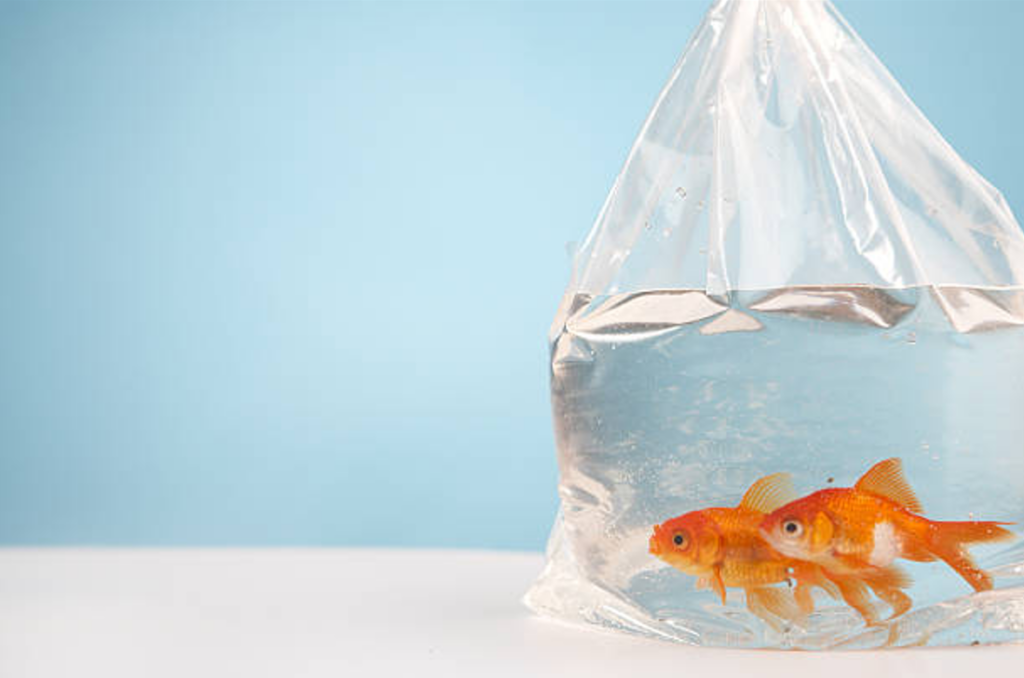
Ensuring the safe relocation of your fish requires careful planning and the right approach. Local movers may be able to handle most of your belongings, but transporting aquatic pets demands special attention. From choosing the right containers to managing water conditions and minimizing stress, each step plays a crucial role. Proper acclimation and preparation are key to helping your fish settle into their new home without complications. Here’s what you need to know to make the move as smooth as possible for your aquatic companions.
Preparing the Fish Tank
Before moving your fish, take steps to prepare the tank and minimize stress on your aquatic pets. Secure any decorations and accessories to prevent movement during transport. Remove about a third of the water to reduce sloshing and weight, making the tank easier to handle. Keep the water temperature stable by using insulated containers or portable heaters if needed. Adding an airstone or increasing surface agitation helps maintain oxygen levels. Check that all essential equipment, such as filters and heaters, is in working order. To prevent spills or escapes, fasten the tank lid securely. Wrapping the tank in blankets or towels can help stabilize the temperature, ensuring a safer journey for your fish.
Acclimating Your Fish
Helping your fish adjust to their new environment is essential after transportation. Acclimation reduces stress and promotes their well-being. Start by floating the fish in a bag or container inside the new tank for about 15 to 20 minutes, allowing them to gradually adjust to the water temperature. Slowly introduce small amounts of tank water into the bag every five to ten minutes for about 30 to 45 minutes. Ensure the water parameters in the bag match those of the tank before releasing your fish. Taking the time to acclimate them properly increases their chances of staying healthy in their new surroundings.
Choosing the Right Containers
Selecting appropriate containers is crucial for keeping your fish safe during the move. Use durable, leak-proof options such as plastic bags designed for fish transportation or containers specifically made for aquatic life. The containers should be spacious enough for your fish to move comfortably but not so large that they shift excessively during transport. Consider the size and number of fish when choosing the right container. Make sure lids are secured tightly to prevent spills, and for extra protection, double-bag them if necessary. With the right containers, your fish will have a stable and comfortable environment during the journey.
Packing for the Move
Proper packing is essential to ensure a smooth and safe relocation for your fish. Use clean plastic bags filled with tank water to hold individual fish, sealing them tightly with rubber bands. Place the bags in a sturdy, insulated container to maintain a stable temperature. If using buckets or small tanks, make sure they have secure lids to prevent water from spilling. Avoid overcrowding, as fish need sufficient oxygen. Keeping the transport container in a dark and quiet space can help reduce stress. When transporting live plants, wrap them in damp paper towels to keep them moist. By preparing correctly, you can protect your fish from unnecessary stress during the move.
Transporting and Setting Up
Ensuring a smooth journey for your fish starts with careful transport arrangements. Make sure all containers are clean, sturdy, and securely closed to prevent leaks. Fill them with an appropriate amount of aquarium water, leaving space for air exchange. Gently place your fish inside, ensuring they have enough room to move. Secure any decorations or plants to prevent them from shifting and causing additional stress. Upon arrival, take your time acclimating your fish to their new environment. Gradual transitions help them adjust without sudden changes in temperature or water quality. With proper care, your fish can settle comfortably into their new home, making the move a successful one.
Related Articles:
